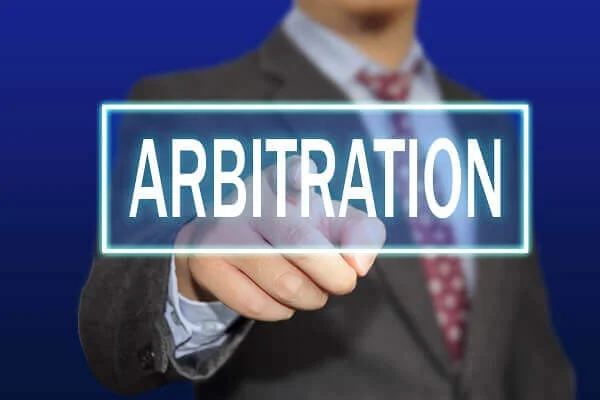It is inevitable in virtually any workplace that at some point in time an employee will become pregnant. Employers want to support and encourage female employees going through this unique journey, while also ensuring the continued success and viability of their projects and workflow. In order to do so, one of the first things that employers must understand is their obligations toward pregnant employees under federal and state law.
What Am I Required To Provide Pregnant Employees in the Inland Empire?
Thankfully for employers, there are not as many affirmative obligations that they must take on in relation to female employees, as compared to things they should not do in order to stay in compliance with the law.
One thing that all employers are required to do is to allow pregnant employees to take pregnancy disability leave or family medical leave. By law, all pregnant employees are entitled to up to four months of pregnancy disability leave and are also entitled to be returned to their same job, or a comparable job, upon returning from disability leave.
If, during the course of that leave, a situation arises that requires an employer to consider firing that pregnant employee, the employer must be very careful to make sure that the firing is for a documented non-leave related reason. For example, if the company conducts universal layoffs in the employee’s department, it may not be a violation of the law to let the employee go. But if the firing is in any way related to the pregnancy or leave, this would be a violation of the law.
Employers must also provide employees with reasonable accommodations for their medical needs during pregnancy. For example, pregnant women may need more frequent bathroom breaks during pregnancy. Or if they are in positions that require extended periods of standing, they may need to be provided with a chair or ability to take sit breaks from standing.
Finally, after pregnancy, employers must also provide employees returning from pregnancy disability leave with the time and location to be able to pump breast milk, should they choose to do so.
What Can’t Employers Do When An Employee is Pregnant?
The answer to this question is fairly simple – the employer cannot discriminate against the employee on the basis of her pregnancy. This means that an employer who is interviewing candidates can’t decline to hire a female candidate just because she is pregnant. Similarly, an employer can’t overlook a pregnant employee for promotion or certain accolades just because she is pregnant.
Employers must make every effort to work with the employee to ensure that the reasonable needs of the employee are met during pregnancy and that the employee is not harassed in any way as a result of pregnancy.
Finally, following maternity leave, an employer cannot terminate or demote an employee simply because she was pregnant, took maternity leave, or has ongoing medical issues related to pregnancy. All of these actions would constitute illegal discrimination.
California Attorneys Helping You Respect The Rights Of Your Employees
Pregnancy can be an exciting and challenging time for female employees, full of excitement but also anxiety about how work may go and what changes may be coming. Pregnancy can understandably be difficult for employers as well, as they do their best to work around an employee’s needs and changing schedule. It is important that employers and employees work together to navigate these challenging circumstances and make the best of the situation.
At CKB Vienna LLP, our attorneys frequently advise clients on how to remain compliant with state and federal laws regarding pregnancy and pregnancy discrimination. For more information, contact us online or at 909-980-1040.





















